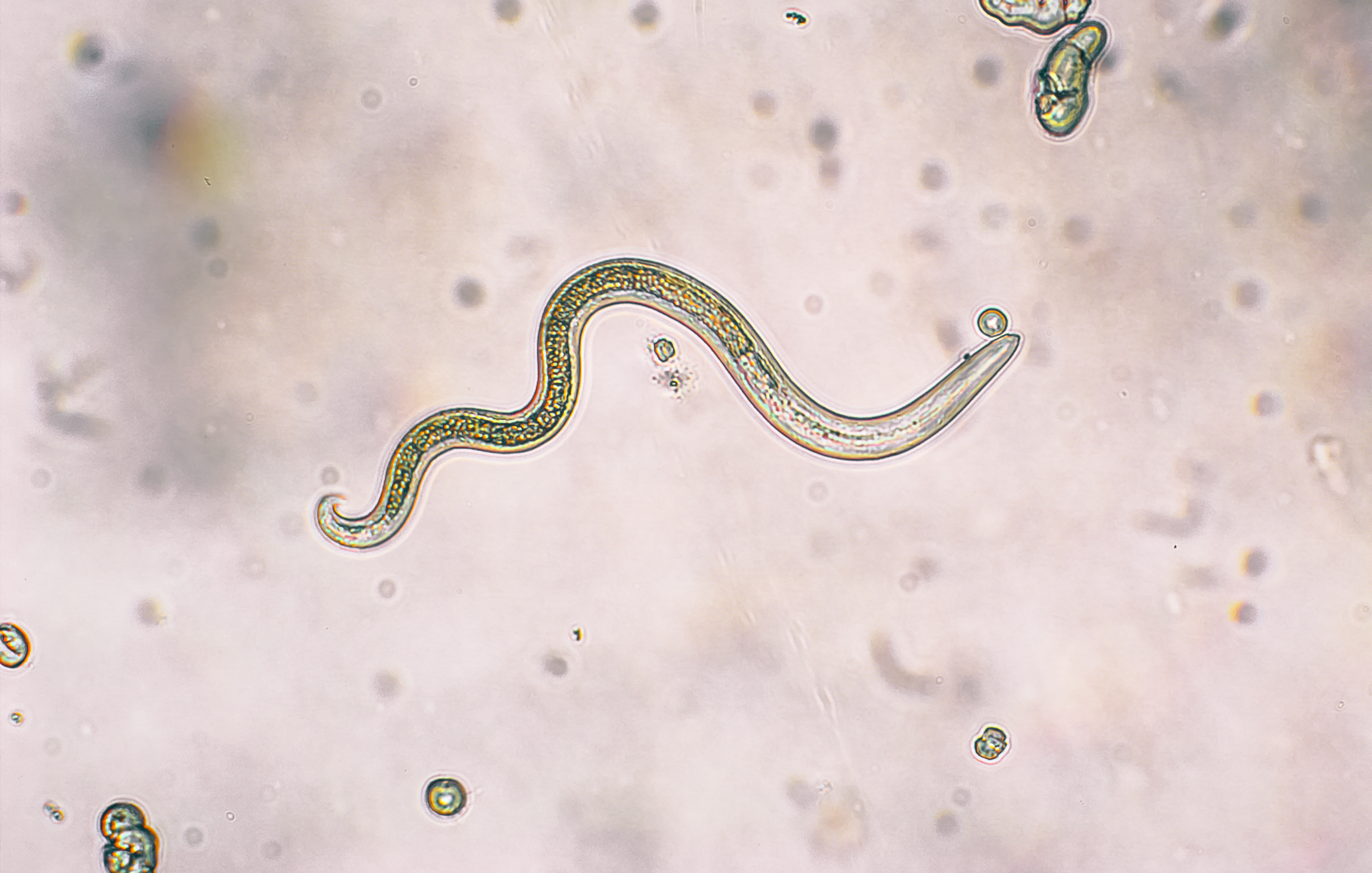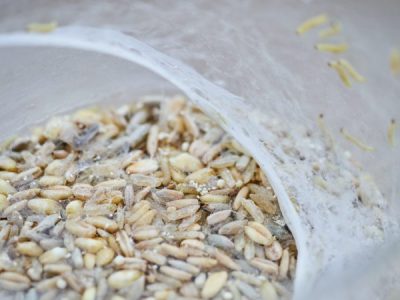It’s a ‘pet peeve’ for many when your furry friend delivers a ‘gift’ of dead pests to your front door. But your pets aren’t only bringing pests that you can easily see into the home. During spring to autumn, pets are likely to become infected by parasites and they could be spreading them around your home!
It’s enough to make you squeam, but your pets may be spreading small or microscopic nasties that are detrimental to your and your pet’s health. Read on for a breakdown of the type of pests your pets bring into the house.
Toxoplasmosis parasite
Toxoplasmosis is commonly transferred through cats. Pet owners become infected with Toxoplasma gondii parasites by contacting infected feces. Contamination commonly occurs when people prepare food or touch their mouth after gardening, cleaning the cat litter or merely patting their cat. Positively, a healthy person generally does not require treatment for Toxoplasmosis, with the mild symptoms typically disappearing in a few weeks. However, pet pest control is highly important, as infection can be dangerous for people suffering a compromised immune system; such as the elderly or people with AIDS. Additionally, Toxoplasmosis infection in pregnant women can lead to serious congenital infection.
Toxocariasis parasite
Transferred by both dogs (Toxocara canis) and cats (Toxocara cati), Toxocariasis is a zoonosis caused by the parasitic roundworms commonly found in your pets intestine. When it comes to contracting the disease, infection from dogs is the greatest risk for humans. Puppies can contract the disease from their mother, from her milk or before birth. Toxocara larvae can mature at a rapid pace in your puppy’s intestine. As a result, your puppy begins to mass produce a large number of eggs, which contaminate the environment through their feces.
Toxocara is one of the most common zoonotic infections in children. While most human infection is asymptomatic, the parasite can cause damage if it migrates to the liver, lungs and eyes. Having proper hygiene practices in place is a great way to maintain pest control.

Hydatid Disease Parasite
Domestically, this parasite is commonly transferred by dogs. It is caused by small tapeworms (Echinococcus granulosus) that live within their intestine. In dogs, the hydatid cysts burst and tapeworms mature in the gut. Concerningly, thousands of mature tapeworms can inhabit the gut of an infected dog. These worms shed eggs which are passed from the body in their feces.
Usually, pet owners will become infected by accidently swallowing the tapeworm eggs passed in dog feces, by gardening, patting their dog or cleaning up dog feces. Symptoms can be severe, as hydatid disease in humans occurs when large cysts invade various organs. In particular the liver is targeted, with abdominal pain and chest pain following. However, it may impact the brain, bones and heart.
Bacteria
Common bacterial infections transmitted by pets are campylobacter and salmonella. These infections can be transferred by many animals; with cats, dogs, chickens and rabbits being carriers of campylobacter. Like many infections caused by pests, transmission is gastrointestinal (via the faecal-oral route).
On the other hand, salmonella occurs in the gastrointestinal tract of reptiles and amphibians, who they are asymptomatic carriers. Concerningly, reptiles and amphibians account for roughly 11% of all sporadic salmonella infections among young people aged under 21 years, hence why pest control is of critical importance.
What to do: Detection
Stay on top of your pets health. Ensure you are regularly checking your pet’s belly and neck for signs of flea activity. With a lice comb, comb your pet’s fur at the base of the tail and wipe the comb on a piece of white moist tissue. If the tissue stains red, this is a sign of fleas; as fleas consume relatively large amounts of blood. Be sure to contact your vet if you are suspicious of a problem.
What to do: Prevention
In addition to regularly treating your pet with preventative medication, simple steps can be taken to ensure the safety of your family. To combat pet pests, ridding the house of cockroaches, fleas, rodents and spiders will prevent your pets from picking up nasty diseases spread by these critters. To eradicate pet pests, invest in Cure All’s pet friendly pest control services. If you would like to book a pest assessment of your property or find out more about our pet-friendly options, please contact us today.



